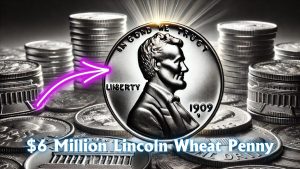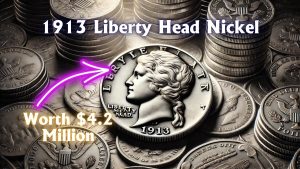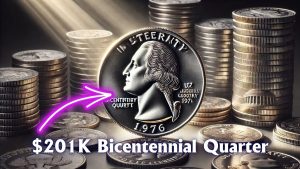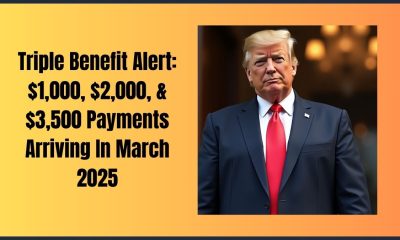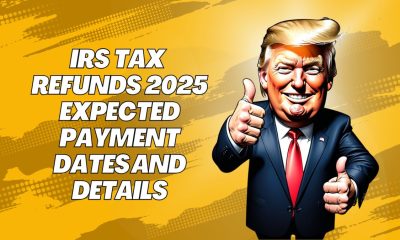Money
1950 Jefferson Nickel Worth $50 & 4 More Valuable Coins Over $40 – Find Out If You Have One!
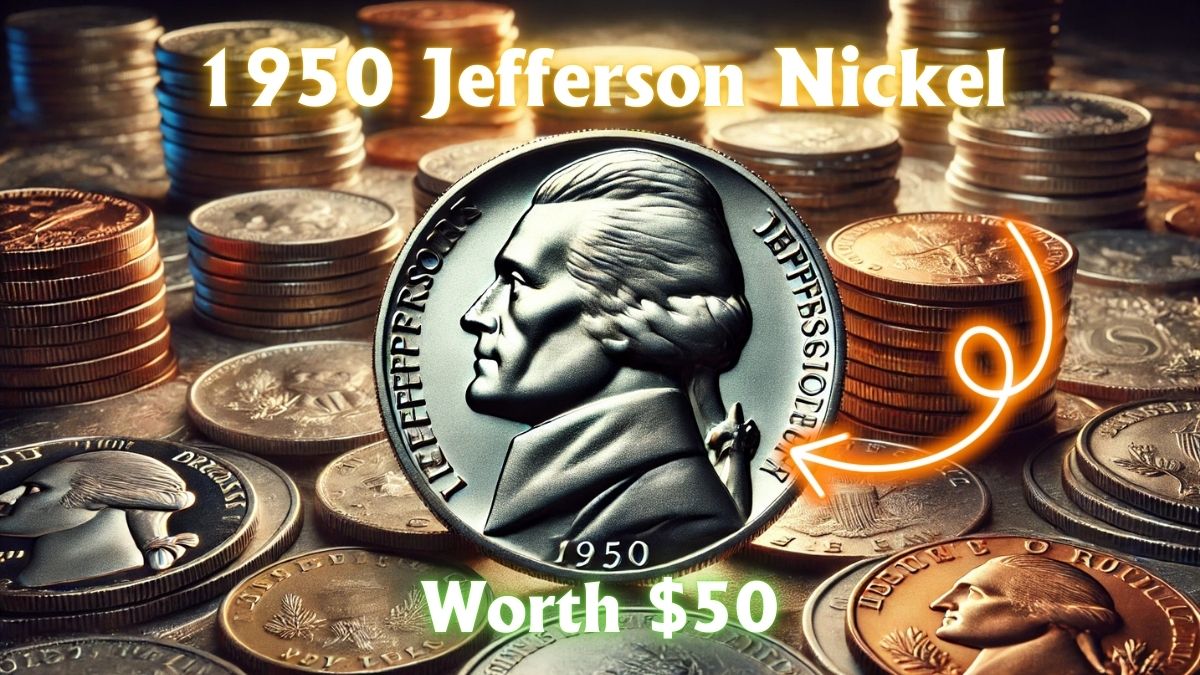
Coin collecting is a fascinating hobby that combines history, art, and the thrill of discovery. While many coins circulate with little fanfare, some possess significant value due to rarity, minting errors, or unique characteristics.
In this article, we’ll explore the 1950 Jefferson Nickel, valued at $50, along with four other coins that can fetch over $40. We’ll provide detailed information to help you identify these valuable pieces in your collection.
1. 1950 Jefferson Nickel
The 1950 Jefferson Nickel is a standout in the world of numismatics. While most 1950 nickels are worth their face value, certain varieties are highly sought after.
- 1950-D Jefferson Nickel: Minted in Denver, this coin is particularly valuable when found in high grades. For instance, a 1950-D nickel graded at MS67 has been known to sell for approximately $139.92.
- 1950 Proof Jefferson Nickel: Proof coins, struck with polished dies, are rarer and more valuable. A 1950 Proof Jefferson Nickel can be found on platforms like eBay, with prices varying based on condition and demand.
2. 1943-D Bronze Lincoln Cent
During World War II, the U.S. Mint transitioned to zinc-coated steel planchets to conserve copper. However, a few bronze planchets were mistakenly used, resulting in rare 1943 bronze pennies.
- Value: A 1943-D Bronze Lincoln Cent sold for $840,000, highlighting its immense value among collectors.
3. 1944-S Steel Lincoln Cent
In 1944, the U.S. Mint returned to using copper for pennies. However, some steel planchets from the previous year were mistakenly used, leading to rare 1944 steel pennies.
- Value: With only two known examples, a 1944-S Steel Lincoln Cent fetched $373,750 at auction.
4. 1916-D Mercury Dime
The 1916-D Mercury Dime is one of the most coveted coins among collectors due to its low mintage and distinctive design.
- Value: In high grades, this dime can command prices exceeding $100,000. For example, a 1916-D Mercury Dime with full bands sold for $152,750.
5. 1983 Double Die Reverse Lincoln Cent
Minting errors can significantly increase a coin’s value. The 1983 Double Die Reverse Lincoln Cent features a noticeable doubling of the reverse design.
- Value: While not as high as some other coins, this error penny can still be worth over $40, depending on its condition and the severity of the doubling.
Identifying Valuable Coins
To determine if you have valuable coins, consider the following steps:
- Examine the Date and Mint Mark: Certain years and mint marks are rarer than others.
- Assess the Condition: Coins in higher grades (e.g., MS65 or higher) are more valuable.
- Look for Minting Errors: Errors like double dies, off-center strikes, or unusual planchet types can increase a coin’s value.
- Consult a Professional: For a definitive assessment, consider having your coins evaluated by a professional numismatist or submitting them to a reputable grading service.
Valuable Coins Worth Over $40
| Coin Type | Year | Mint Mark | Notable Features | Potential Value |
|---|---|---|---|---|
| 1950-D Jefferson Nickel | 1950 | D | High-grade examples (e.g., MS67) | $139.92 |
| 1943-D Bronze Lincoln Cent | 1943 | D | Struck on bronze planchet by mistake | $840,000 |
| 1944-S Steel Lincoln Cent | 1944 | S | Struck on steel planchet by mistake | $373,750 |
| 1916-D Mercury Dime | 1916 | D | Low mintage, full bands | $152,750 |
| 1983 Double Die Reverse Cent | 1983 | – | Noticeable doubling on reverse design | Over $40 |
FAQs
How can I determine the value of my coins?
To assess a coin’s value, examine its date, mint mark, condition, and any unique features or errors. Consulting a professional numismatist or using reputable online resources can provide guidance.
What is the significance of a coin’s grade?
A coin’s grade indicates its condition, which directly affects its value. Higher-grade coins, with minimal wear and clear details, are more valuable to collectors.
Are minting errors common?
Minting errors are relatively rare and can significantly increase a coin’s value. Examples include double dies, off-center strikes, and planchet errors.
-
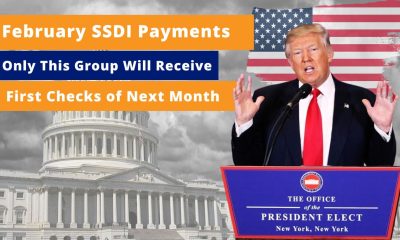
 Government Aid3 months ago
Government Aid3 months agoFebruary SSDI Payments: Only This Group Will Receive the First Checks of Next Month
-
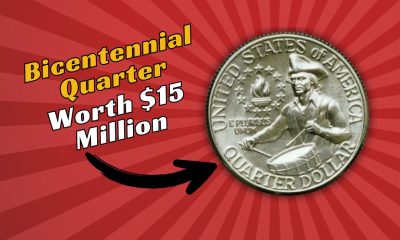
 Finance2 months ago
Finance2 months agoRare Bicentennial Quarter Worth $15 Million
-

 Government Aid2 months ago
Government Aid2 months agoSocial Security Announces 2025 Check Increase, But a 23% Reduction is Expected Soon
-
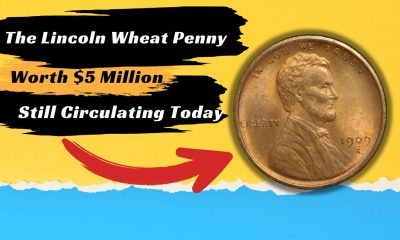
 Finance3 months ago
Finance3 months agoThe Lincoln Wheat Penny Worth $5 Million- Still Circulating Today
-
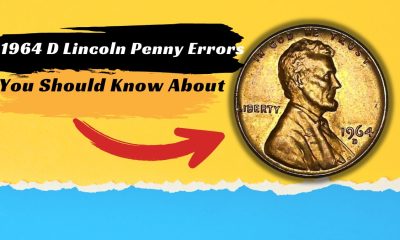
 Finance3 months ago
Finance3 months agoRare Coins: The 1964 D Lincoln Penny Errors You Should Know About
-

 Government Aid2 months ago
Government Aid2 months agoIRS to Distribute Stimulus Checks to Millions- Find Out How to Claim Yours
-
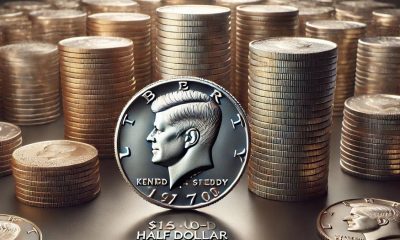
 Finance3 months ago
Finance3 months ago1970-D Kennedy Half Dollar- A Rare Coin Worth Over $150,000 Still in Circulation!
-

 Government Aid3 months ago
Government Aid3 months agoThe Complete February SSDI Payment Schedule: Discover When You’ll Receive Your Disability Benefits

